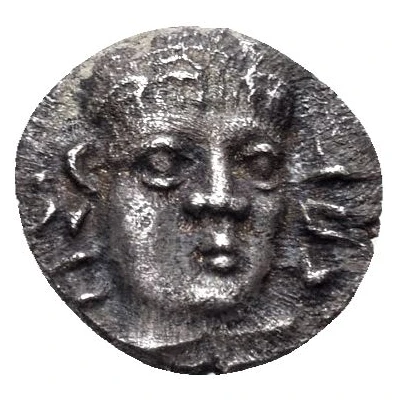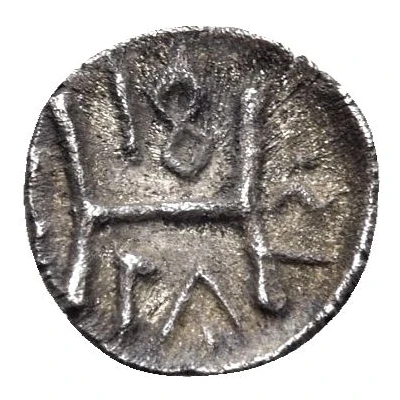


© Nomos AG
Hemiobol - Opsiis 325 BC - 275 BC
| Silver | 0.32 g | 8 mm |
| Issuer | Phistelia (Campania) |
|---|---|
| Type | Standard circulation coin |
| Years | 325 BC - 275 BC |
| Value | Hemiobol (1⁄12) |
| Currency | Drachm |
| Composition | Silver |
| Weight | 0.32 g |
| Diameter | 8 mm |
| Shape | Round (irregular) |
| Technique | Hammered |
| Orientation | Variable alignment ↺ |
| Demonetized | Yes |
| Updated | 2024-10-10 |
| Numista | N#402035 |
|---|---|
| Rarity index | 100% |
Reverse
'Fistlvis' (retrograde, in Oscan) around large letter H.
Script: Old Italics
Interesting fact
The Hemiobol - Opsiis coin was used in ancient Greece during the Hellenistic period, specifically in the city of Phistelia in Campania. The coin features the image of a mythical creature called an "opsiis," which is a creature with the body of a lion and the head of an eagle. This coin was used as a form of currency and was valued at one-half of a drachma, which was the standard unit of currency in ancient Greece. It's interesting to note that the Hemiobol - Opsiis coin was made of silver, which was a valuable and widely used metal during ancient times. The coin's design and imagery reflect the cultural and mythological beliefs of the time, and its use as currency speaks to the importance of trade and commerce in ancient Greece.